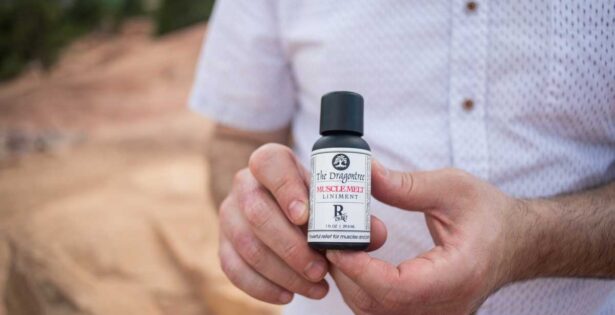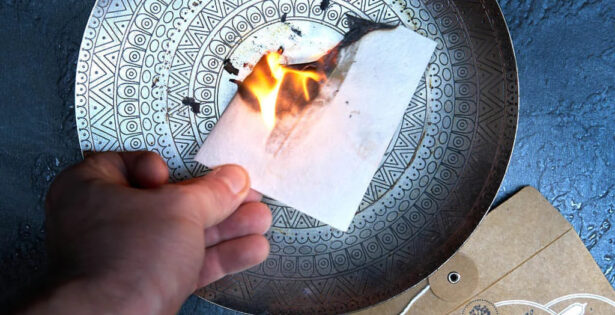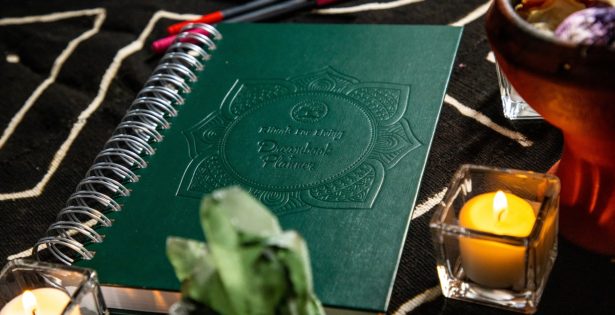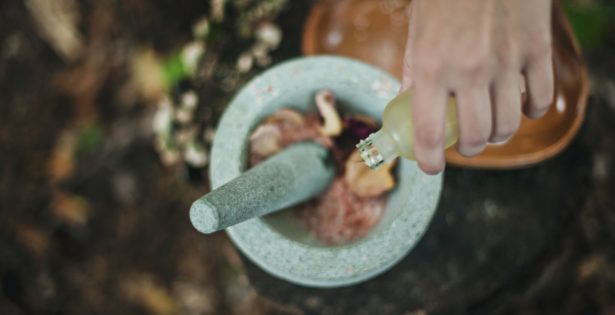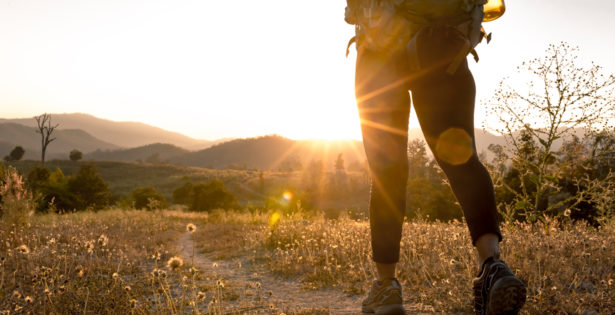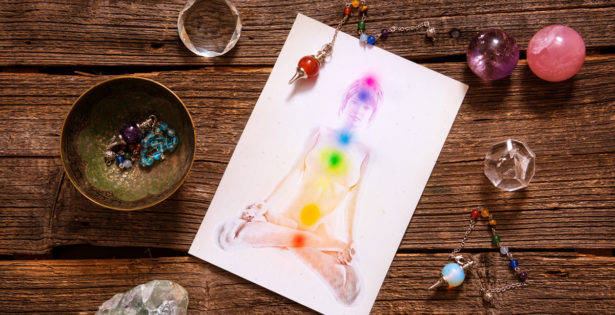I once had an acquaintance who loved to tell people what to do. I never asked her what to do, but I got told what to do more times than… Read More
Articles from Dr. Peter Borten
Dit Da Jow: Healing Elixir or Ancient Myth?
When I was in grad school for Chinese Medicine, I’d often see students hanging around campus engaged in related ancient Chinese arts, such as tai chi, qi gong, calligraphy, studying… Read More
Six Ways a Coach Can Help You Reach Your True Potential
I was having a conversation with a friend the other day about the prevalence of life coaches and other professionals who aim to guide others toward reaching their goals or… Read More
Seven Steps for Harnessing the Power of Your Intention
When building with wood, I spent years trying to figure everything out by myself before it finally occurred to me that a book might be helpful. I found one with… Read More
From Potential to Expression: The Power of Flexibility in Life
Spring is here! In this seasonal phase we are naturally filled with many of the qualities that are currently on display in the natural world. In Five Element philosophy it’s… Read More
Have You Been Giving Away Your Power?
When I first heard the term “take back your power” some decades ago, I thought it pertained mostly to relationships in which one person was overly submissive to the other…. Read More
The Antidote for Fear that May Surprise You
What do you like about your anxiety? This is a question I’ve asked many of my patients. Unsurprisingly, almost everyone’s initial response is “nothing.” But over time (especially in people… Read More
4 Steps to Breaking Your Anxiety Habit
Numerous members of the Dragontree community have told us they’re dealing with a lot of anxiety these days, and it happens to be something I’m very familiar with. I think… Read More
Neti: the missing link in your immune routine
My 12-year-old is always asking me to tell her stories from my childhood, so I recently described the time when I got into big trouble for making long-distance calls to… Read More
11 ways to create peace in the time of coronavirus
Lots of people are anxious about this illness – and the impact of mass hysteria – so I want to share some rational advice on what you can do to… Read More
COVID-19: 5 tips for preparation and peace of mind
It’s safe to assume everyone’s heard of the coronavirus at this point and may even have some feelings around it. I read and posted a beneficial article I found on… Read More
9 Signals that You’re Not In Love With Your Job (And what to do next…)
We’ve had many clients ask us about the big question of whether or not to stay in a job that doesn’t feel right. It can be a challenging decision because… Read More
I M Here 4 U
I once took a required course in a subtle form of bodywork called Jin Shin Do. Rather than pressing, kneading, or stroking, the practitioner simply rests her fingers on specific… Read More
How to Have the Hottest Chakras in Town
For her birthday, my daughter received a “magic chakra pendant” which consisted of cheap, dyed crystals glued together to form a rainbow in the shape of a pyramid. Shortly thereafter,… Read More



 Cart
Cart
